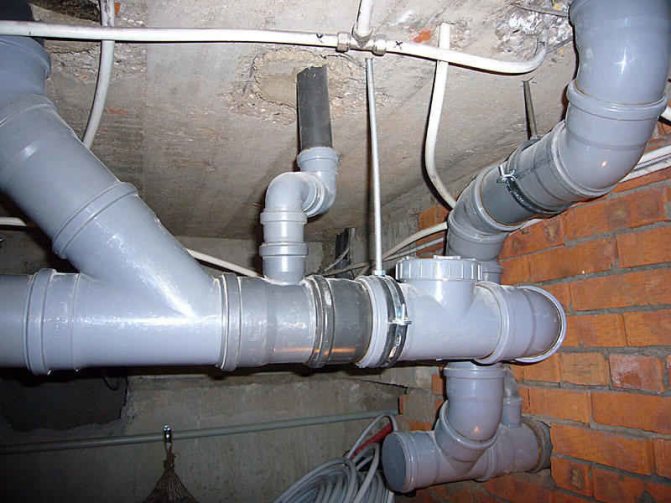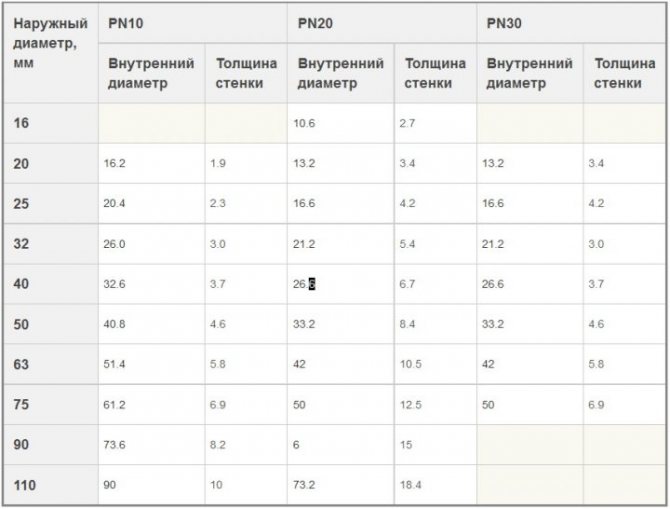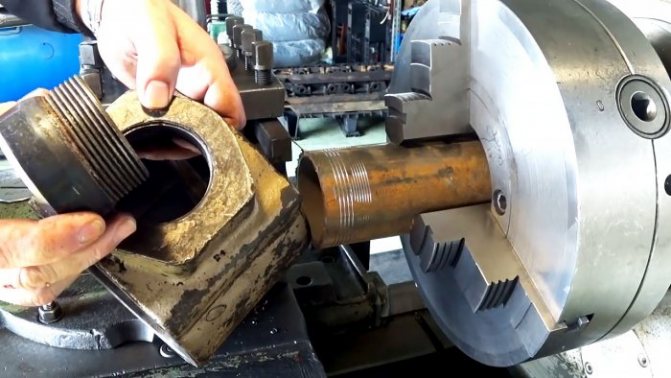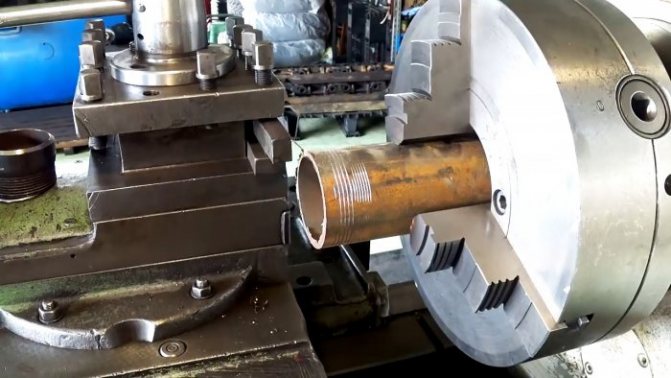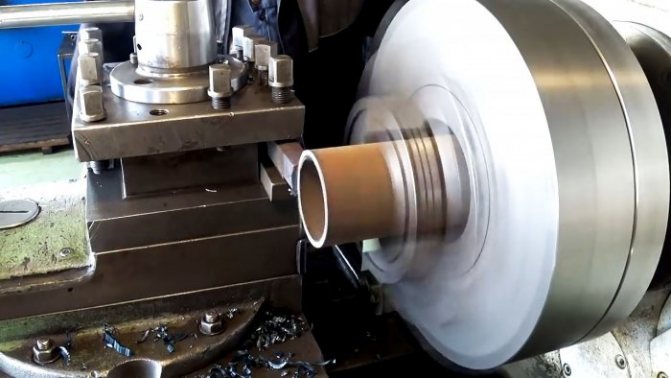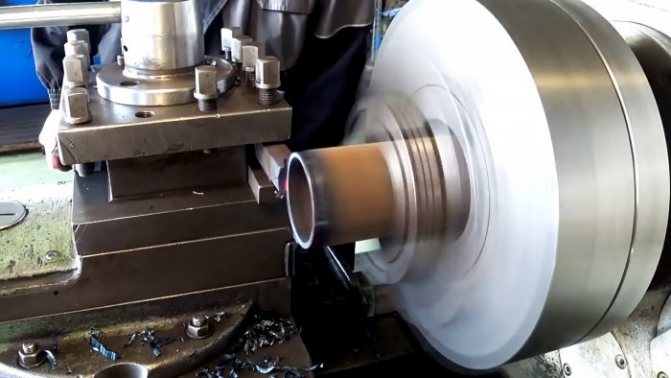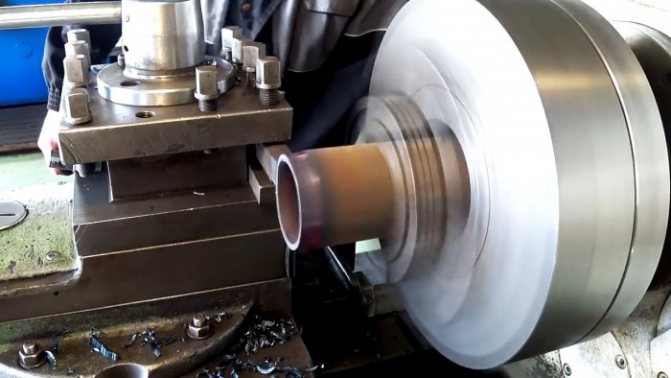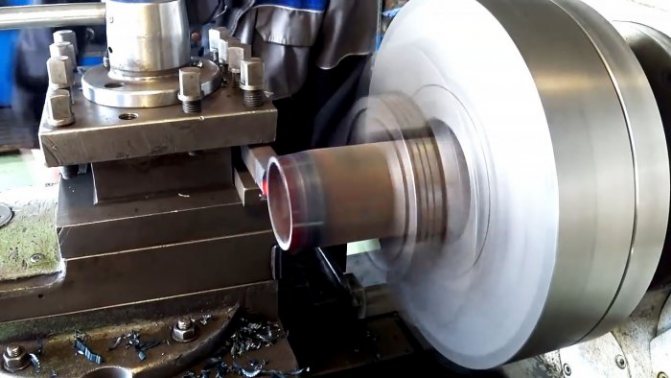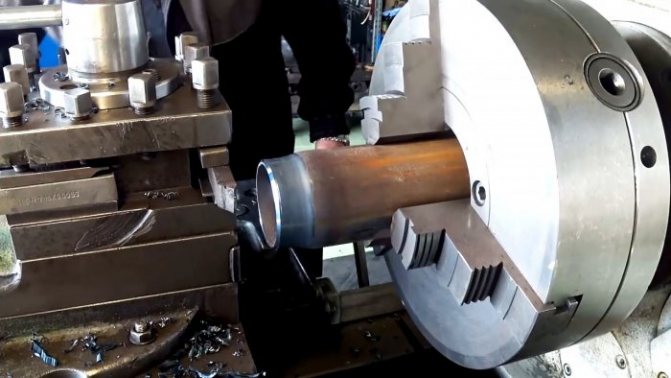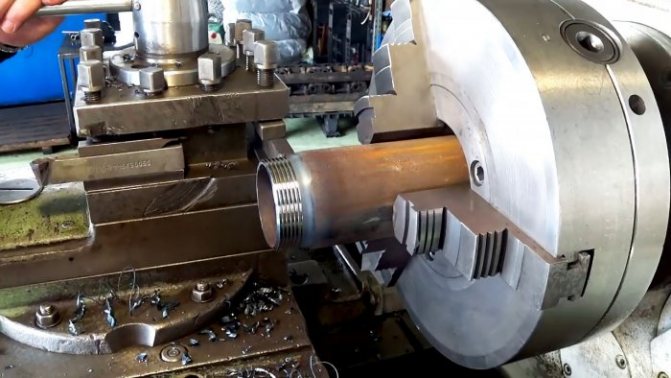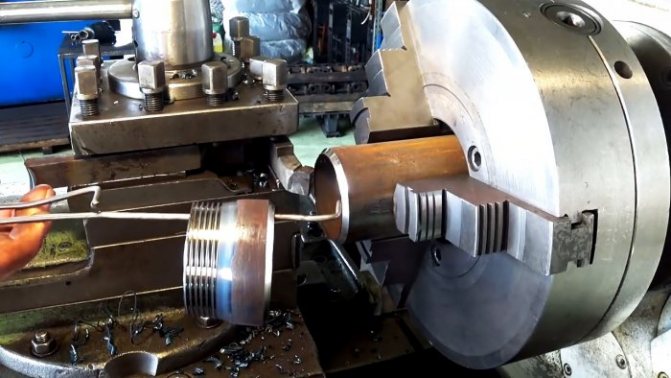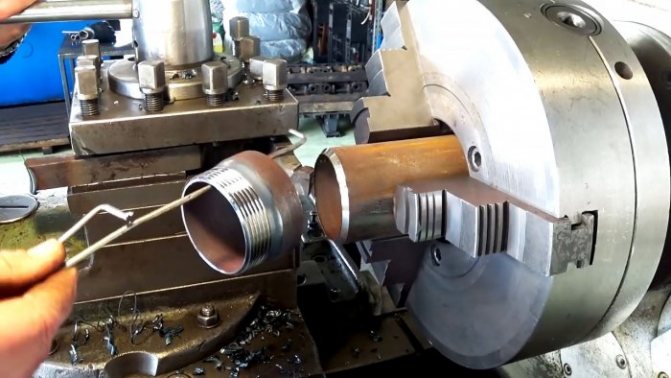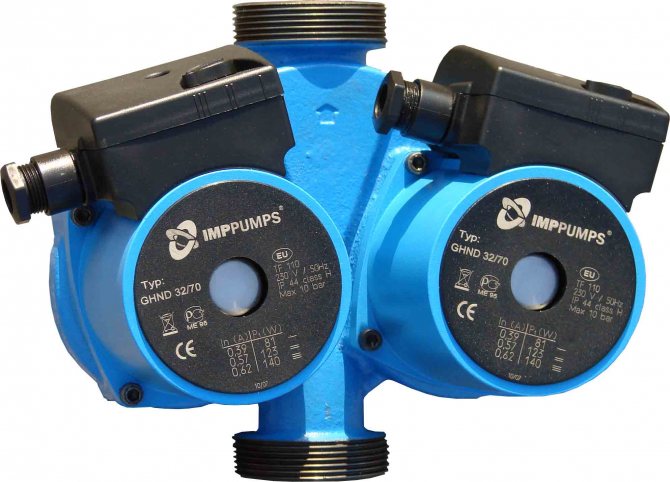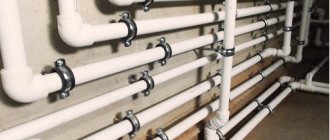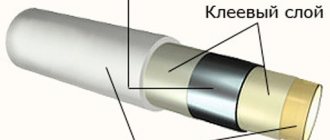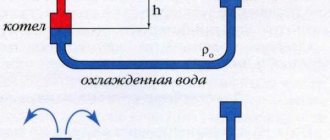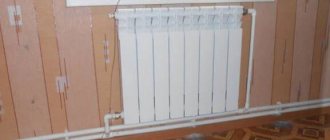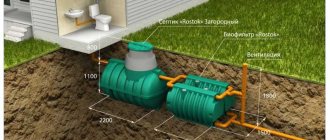Before reducing the diameter of the pipe, you should study the theory well. Reducing the diameter of the pipe at home can be useful to anyone who makes repairs to various equipment with their own hands. Of course, if you need to reduce some element of the system, then it is best to use a special adapter and simply connect two pipes of different diameters. However, if you need to get a narrowed or bent tube from what is already available, then you can resort to rolling. Rolling is a plastic deformation of the product into the desired shape.
Types of rolling and bending
Rolling can be used to make a product of the required shape from the tubes. Moreover, using this method, you can not only bend a product made of any metal, but also reduce the diameter.
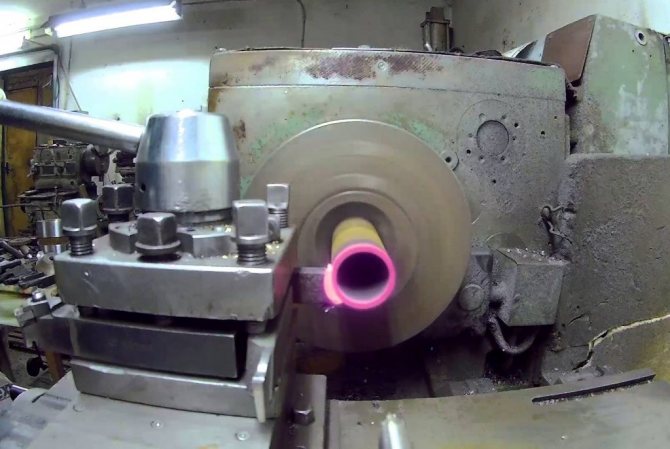
It is possible to reduce the diameter of the pipe using special equipment.
Bending and changing the shape of the pipe is called rolling. This process got this name because the tool that is used for this is the rollers.
Rolling is used for different purposes:
- To reduce the diameter of pipes made of different materials. So you can deform thin-walled products made of stainless steel, cast iron, steel, etc.
- With the help of rolling, you can bend the product. In this case, you need to bend according to a special template.
- Extension and straightening. However, this is not recommended, as the product loses its strength.
- Increase in diameter. However, this process is considered the most time consuming.
- Using a special pipe bender, you can bend the product into a coil with your own hands.
All processes described are used in the manufacture and repair of tubular products. With their help, you can even make elements bent into a ring to decorate wrought-iron gates.
Parameters for the selection of the pipe diameter
First of all, it must be borne in mind that the rules for choosing pipes for different heating schemes differ significantly.
If the connection of the heating system will be carried out to the central heating main, then the pipe diameter is calculated similar to apartment heating systems.
If autonomous heating is planned, then the diameter here may be different depending on whether the system will operate using a circulation pump, or by natural circulation.
Including the choice is influenced by:
- Material pipe making
- A type coolant
- Specificity of the wiring heating system
- The estimated water pressure
- Flow rate water in the system
When calculating the diameter of the pipeline, one should initially take into account what type of pipes the installation will be carried out. This is necessary because the pipe measuring and marking system differs based on the material from which it is made. As a rule, steel and cast iron pipes are marked based on the inner diameter, and plastic and copper pipes are marked on the outer section. This is especially important if you plan to install the pipeline in a combination of several materials.
Ideally, you should entrust the calculation procedure to a specialist, however, if you do not have such an opportunity or just have a desire, then you can completely cope on your own.
Description of the essence of the process
Rolling is a rather complicated process. However, in some cases, it is quite possible to do it yourself. It is especially easy to bend thin-walled stainless steel and galvanized pipes.
Narrowing may also be needed during the construction of a metal pipeline.This method is used when you need to attach a pipe with a larger diameter to a product with a smaller one.
Self-contraction comes with some risks. The fact is that in such a process, two forces are acting on the pipe, directed in opposite directions. Therefore, the actions that can be performed with such elements are limited by several factors.
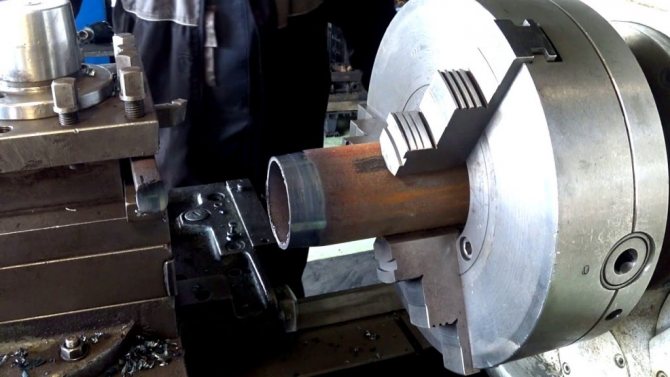

When reducing the pipe diameter, the safety regulations must be observed
What is the limitation of the applied pressure:
- First of all, the plasticity of the material is taken into account. The more plastic it is, the greater the radius it can be bent.
- You need to pay attention to how much thinner the pipe wall can be made for a particular product.
- It is necessary to check the tensile strength of a particular metal for bending. The more plastic the material is, the higher this indicator will be.
- The limiting parameter of the radius, the transition from the side wall to the end, also matters.
- You also need to pay attention to the surface quality of the product itself.
Each of these parameters must be considered. For each wall thickness and for each specific diameter, it is different.
When reducing the pipe at home, it is necessary to look at the fact that a large number of folds do not form on the metal. They reduce strength.
Coolant movement speed
In order for the heat energy to be evenly distributed among the heating devices, it is necessary to ensure the optimal level of pressure in the pipeline. The calculation of the optimal parameters of the flow rate of the liquid in the pipeline will help to correctly select the section of the pipe.
The optimal speed of movement of the coolant is in the range from 0.36 to 0.7 m / s, since excessive intensity of fluid movement (more than 1.5 m / s) turns into noise in the pipeline, and insufficiently fast movement (up to 0.2 m / s) ) leads to additional heat losses, reduces the efficiency of the heating system and provokes its airing.
Calculation of the diameter of the heating pipeline of an individual house
Let's figure out how to calculate the diameter of the heating pipe. For this we use the formula:


For convenience and clarity, use the table:
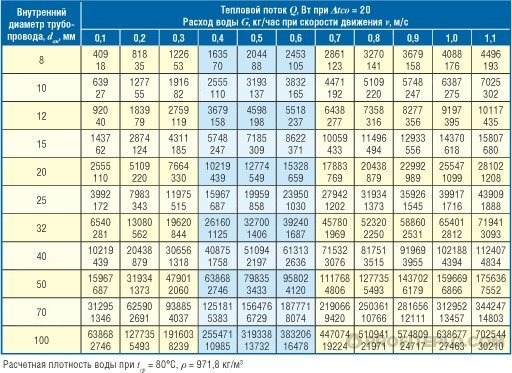

Using a formula or a table, you can approximately determine which pipe diameter to choose for heating, and we are talking about the internal (working) section. The heat flux (heat power indicator) is calculated using the formula given above, and the speed of movement of the coolant should be selected within the recommended range.
An important point! For steel and metal pipes, it is customary to indicate the inner diameter. At the same time, manufacturers indicate the outer diameter of a polypropylene pipe for heating, determining the size of its section.
Thus, polypropylene pipes for heating must have a useful cross-sectional diameter calculated using the formulas and table. And in order to determine the outer diameter of the PP pipes and buy the corresponding products in the store, two pipe wall thicknesses are added to the calculated inner diameter. The parameters of the walls are indicated by the manufacturer. It should be noted that for heating systems it is allowed to use only fiberglass-reinforced or metal-plastic pipes.
Please note: the cross-section of the pipeline is calculated without taking into account the roughness of the inner walls of the pipeline. This is important if the pipeline material is copper or steel. And polypropylene pipes, from which heating communications are usually installed in a private house, are characterized by a perfectly smooth inner surface and resistance to the accumulation of deposits. Therefore, corrections for pipeline roughness can be neglected.
It is recommended to add 10-15% to the result obtained during the preliminary calculation of the diameters of heating pipes.This is a reserve for modernization, for the appearance of additional components in the system in the future.
The dimensions and characteristics of polypropylene pipes make them a good choice for installing a heating system with forced movement of the coolant. Gravitational heating is often equipped with metal pipes. In this case, it is important to calculate the mass of the pipeline using a special program or using a table.
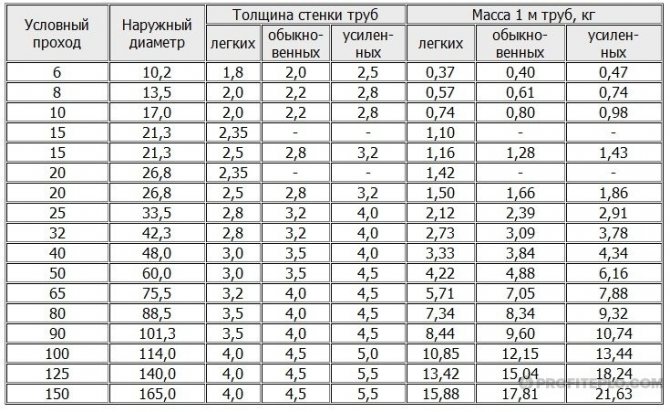

In the gravity system, it is required to install a vertical booster riser, the upper part of which must be at least 1.5 meters higher than other elements of the system. And the diameter of the booster riser made of polypropylene should be one size larger than the diameter of the pipeline.
In order for the choice of the diameter of pipes for the heating system to be as accurate as possible, you should calculate the system using a special calculator program, or contact the professionals.
Two-pipe circuit
When calculating the optimal diameter of pipes in two-pipe heating, it should be borne in mind that it is better to make outlets to radiators from pipes of a smaller cross-section in comparison with the main line. Thereby:
- the speed of movement of the coolant increases (this is important for the gravitational system);
- the intensity of fluid circulation in the heating device increases;
- the radiator warms up more evenly (this is principally with the bottom connection).
Typically, the dimensions of the line and bends in a two-pipe scheme are the following pairs: 25 and 20 mm, 20 and 16 mm.
The section calculation can be performed independently, taking into account:
- Room area. For heating 1 sq. m requires 0.1 kW of power of the boiler unit, subject to a standard ceiling height of 2.5 m. The more powerful the boiler, the longer the length and cross-section of the pipeline can be.
- Heat loss level. If there is no insulation, it is required to heat the fluid in the circuit to higher temperatures in order to compensate for heat leakage. If an approximate calculation is needed, 20% is added to the boiler power, which was determined in the previous step.
- The speed of movement of the coolant. The average of the recommended range is 0.6 m / s. In this case, the flow moves smoothly and quietly.
- Cooling rate of the coolant. The difference between the supply and return temperatures is taken, on average it is 80 ° C and 60 ° C, respectively. The calculations use a temperature difference of 20 degrees.
For calculations, a special formula is used, where there is a constant value of 304.44. To calculate the nominal pipeline bore, squared, it is necessary to multiply 304.44 by the calculated power of the boiler, and then divide by the heat loss of the coolant and the flow rate. From the result obtained, it is required to extract the square root, and we will get the inner diameter of the main pipe.
For example, let's make a selection of the diameter of heating pipes for an individual house with an area of 140 sq. m.
D2 = 304.44x (140x0.1 kW + 20%) / 20 / 0.6 = 375.476
D = √375.476 = 19.4 mm.
Thus, a steel or copper pipe with a diameter of 20 mm or a polypropylene pipe with an inner diameter of 20.4 mm or more is suitable for the line. Its outer diameter depends on the wall thickness and is determined from the table. And the diameter of the radiator taps will be one step smaller. The choice of polymer pipes by wall thickness should be based on the operating pressure in the system. For autonomous heating, PN10 pipes are sufficient.
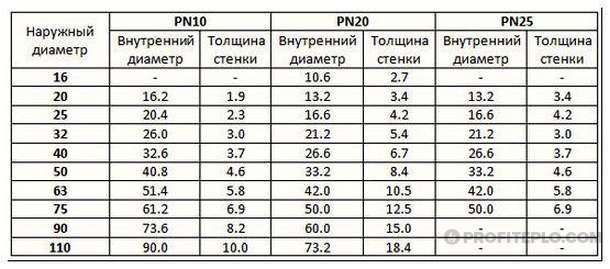

Manual bending of stainless steel
So, now you can talk directly about the narrowing process. This can be done either at the factory with a special tool, or at home with improvised means.
You can use a hammer. However, this method cannot be considered optimal, since in this case the pipe can be strongly deformed. In addition, the reduced part will turn out to be uneven, which will negatively affect the strength.
The best way is to use special pliers. They can be purchased at a specialty store, but they are not cheap. You can make a tool with your own hands. To do this, you need to take a pipe wrench, you can even use an old worn out product. From it you need to remove the sponge from the movable arm, and instead of this sponge, you need to install an insert under the half-ring. Next, a half-ring of the required radius is made and installed on a movable arm. If you want to continue to clamp pipes, you can make several rings with different diameters. This will increase the versatility of the products.
How to use the special pliers:
- Take pliers with a jaw at least half the diameter of the ferrule. Grasp the outer diameter with the throat.
- Bring the nut of the pliers close to the leash of the device.
- The movable arm can now be turned. Do this until it completely encloses the second half-perimeter.
- Then, with an effort to squeeze both levers and turn the key 30 degrees.
- All these steps must be repeated until the pipe reaches the desired diameter.
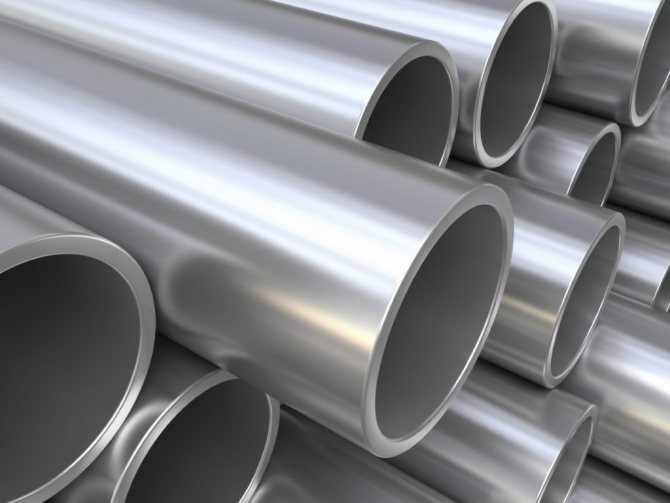

Before bending the stainless steel, you should first familiarize yourself with the recommendations of specialists
In this way, you can give the required size. It is worth stipulating in advance that this work requires physical strength.
Using a lathe
The easiest way to narrow the pipe is with a special machine. This process can be performed even by a person who does not have great physical strength. Indeed, in this case, most of the work is performed by the technician.


To work with a lathe, you must have certain skills.
Not only a metal tube can be bent according to a template. Such a device is useful for giving the required shape to a piece of thick wire. The wire can also be bent manually.
Sequencing:
- It is necessary to fix the pipe to the instrument holder. It is important to calculate the immersion depth of the workpiece. The stroke of the handle must match the place of the blind hole.
- When you turn on the machine, you need to bring the handle to the pipe. Next, click on the workpiece, and looping begins.
- The material starts to heat up. This reduces the force, but increases the ductility of the material.
- The handle must have at least 180 degrees of travel. And the tool holders should be the most popular hole sizes.
During the process, the product heats up and the material becomes pliable. Thanks to this, the diameter of the workpiece can be easily reduced to the required values. Squeezing a pipe with your own hands is difficult, but possible. To do this, you need to make a special apparatus and learn how to use it correctly.
New ability to calculate water consumption
If the use of water is carried out by means of a tap, this greatly simplifies the task. The main thing in this case is that the dimensions of the outflow hole are much smaller than the diameter of the water supply system. In this case, the formula for calculating water over the cross section of the Torricelli pipe v ^ 2 = 2gh is applicable, where v is the speed of flow through a small hole, g is the acceleration of gravity, and h is the height of the water column above the tap (a hole with a cross section s, per unit time passes the water volume s * v). It is important to remember that the term "section" is used not to denote the diameter, but its area. To calculate it, use the formula pi * r ^ 2.
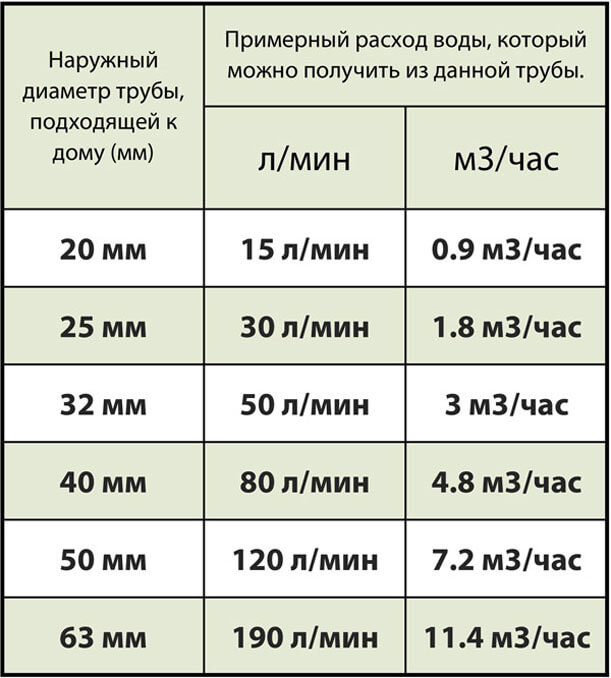

If the water column has a height of 10 meters, and the hole has a diameter of 0.01 m, the water flow through the pipe at a pressure of one atmosphere is calculated as follows: v ^ 2 = 2 * 9.78 * 10 = 195.6. After extracting the square root, v = 13.98570698963767 comes out. After rounding off to get a simpler speed reading, the result is 14m / s. The cross-section of a hole having a diameter of 0.01 m is calculated as follows: 3.14159265 * 0.01 ^ 2 = 0.000314159265 m2. As a result, it turns out that the maximum water flow through the pipe corresponds to 0.000314159265 * 14 = 0.00439822971 m3 / s (slightly less than 4.5 liters of water / second).As you can see, in this case, the calculation of water over the cross section of the pipe is quite simple to carry out. Also in the public domain there are special tables indicating water consumption for the most popular sanitary ware, with a minimum value of the diameter of the water pipe.
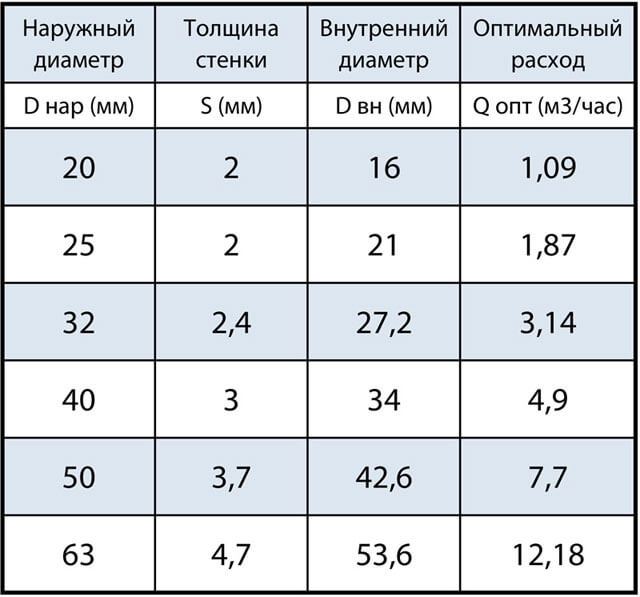

As you can already understand, there is no universal, simple way to calculate the diameter of the pipeline depending on the water flow rate. However, you can still derive certain indicators for yourself. This is especially true if the system is equipped with plastic or metal-plastic pipes, and water consumption is carried out by taps with a small outlet section. In some cases, this calculation method is applicable to steel systems, but we are talking primarily about new water pipelines, which did not have time to be covered with internal deposits on the walls.

